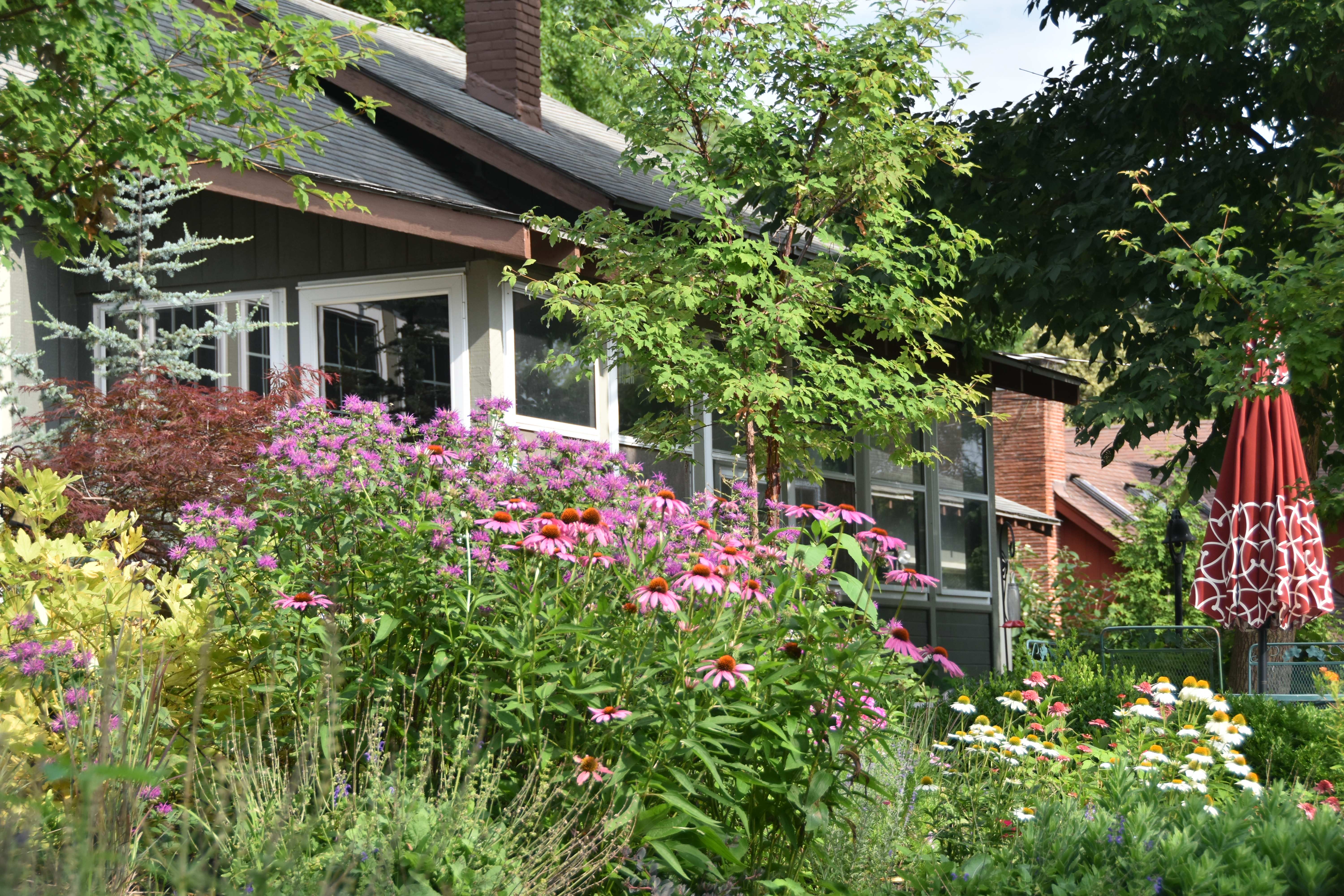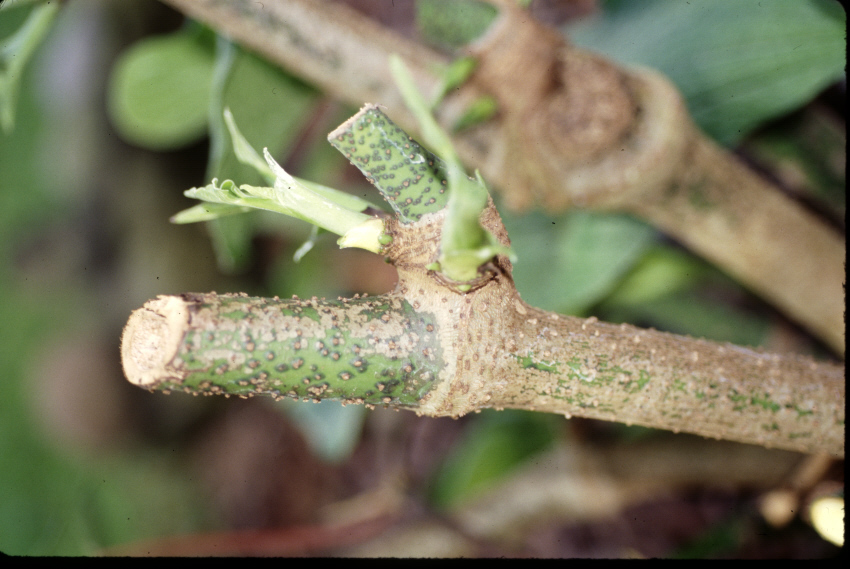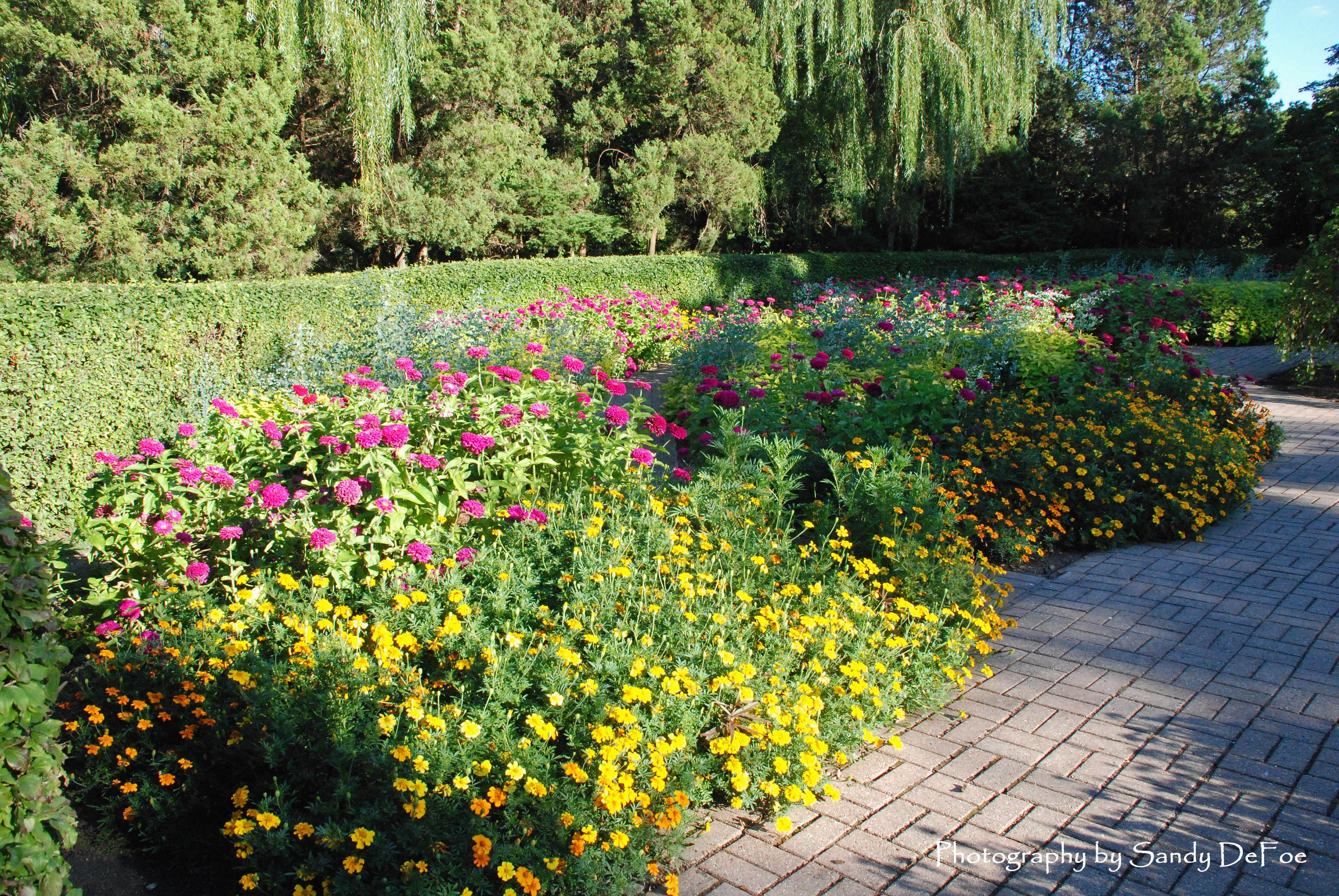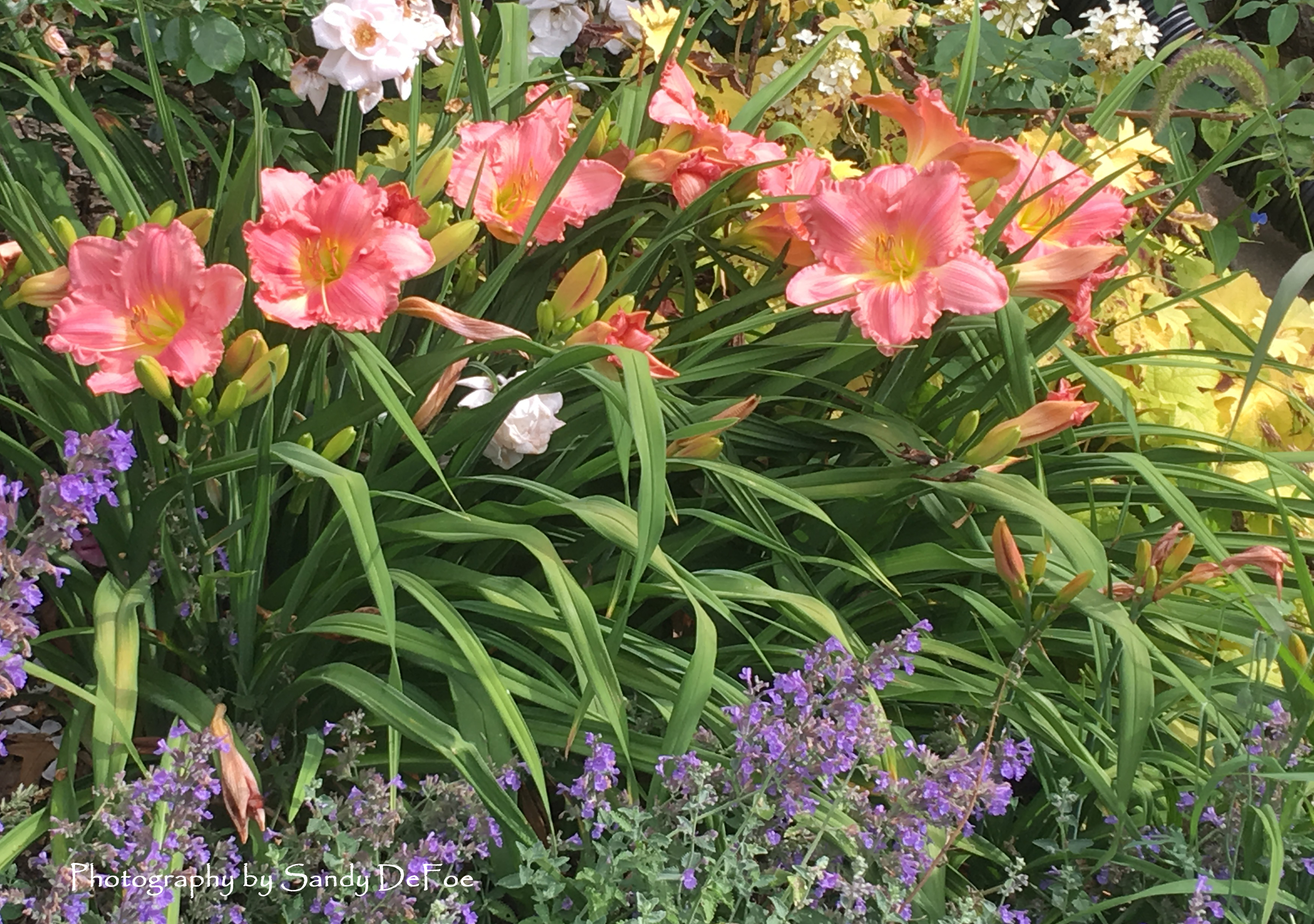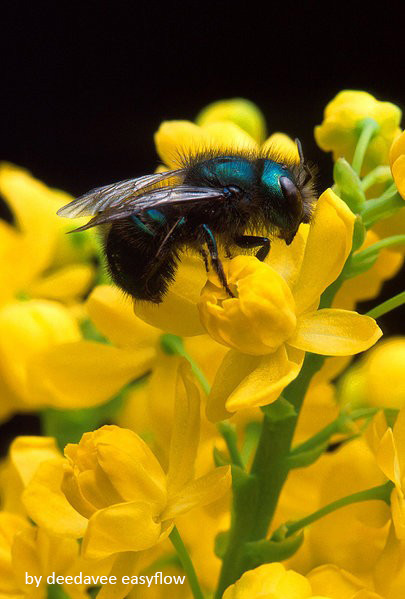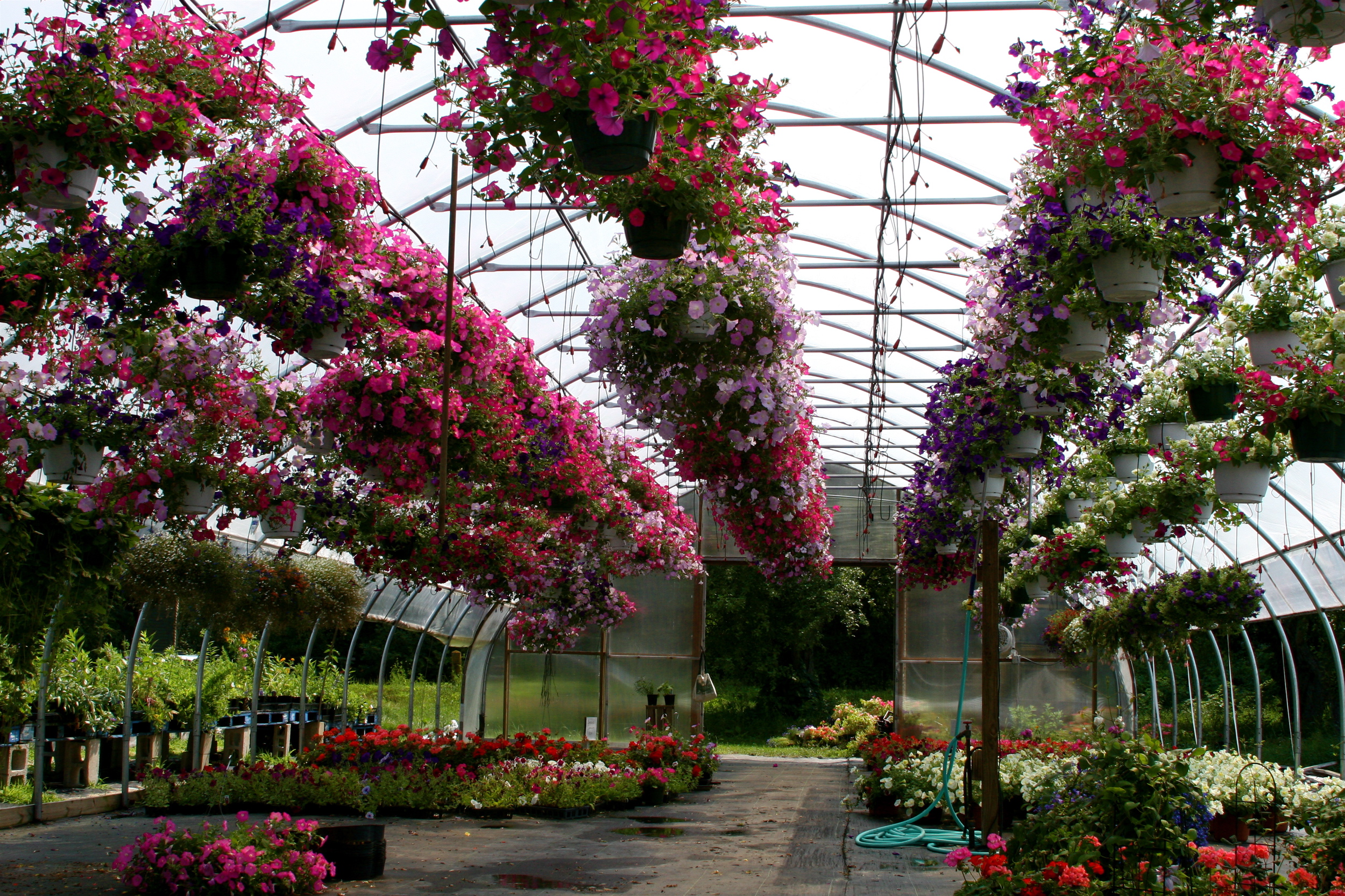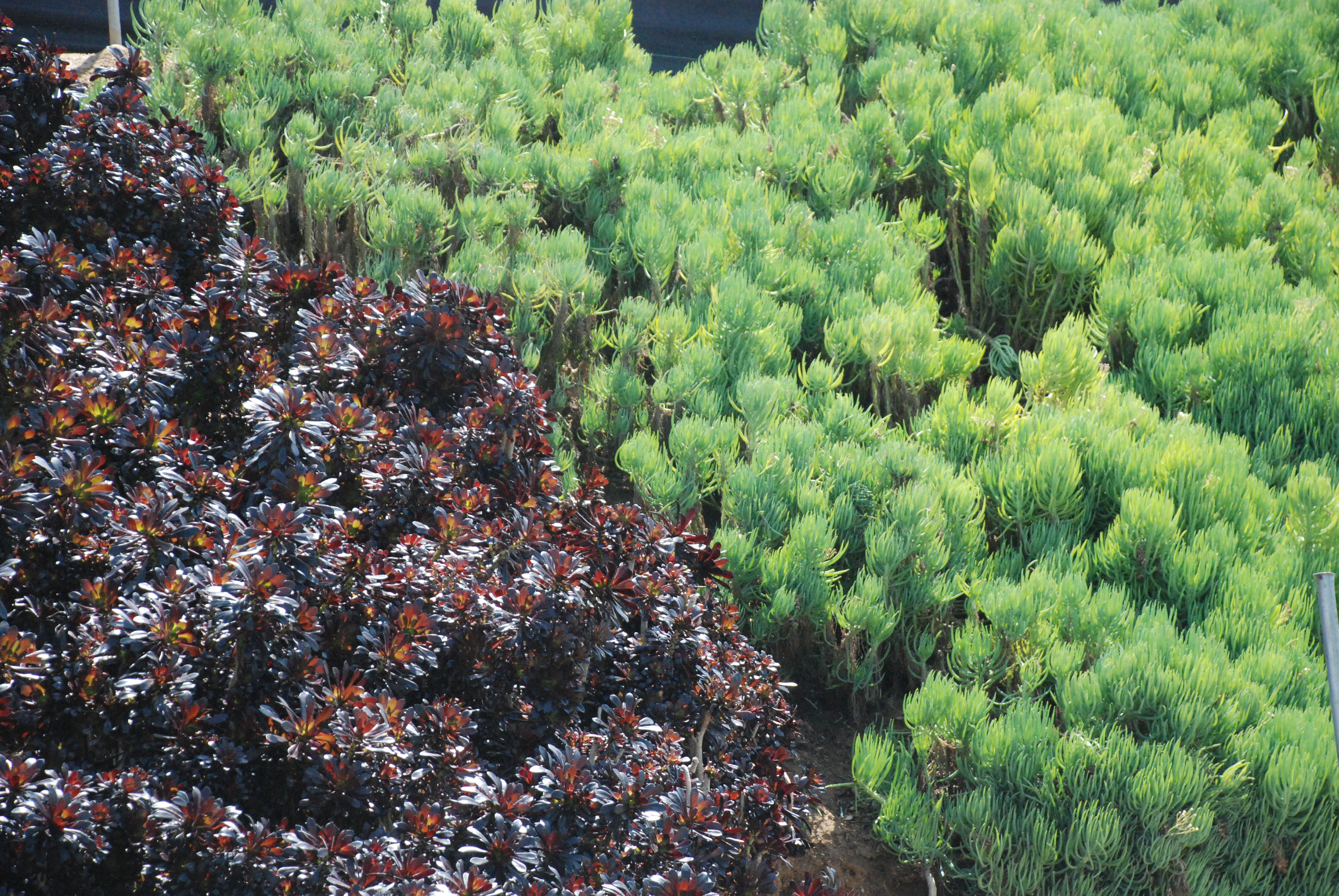My flower gardens are at their peak. They’ve had plenty of spring rain to push lush growth and now the warmth of consistent sunny days is producing bloom after bloom. My hibiscus blossoms are as big as dinner plates, my bright red pentas are the delight of the local hummingbirds and butterflies are flocking to my zinnias. This is the time of year gardeners celebrate.
Unfortunately, our Midwestern summers don’t make it easy to maintain the beauty of the early summer garden. A few July weeks of scorching sun, drying winds and unrelenting temperatures in the hundreds can quickly turn a paradise into a parched, sad landscape.

By August, the faint-hearted gardener is ready to hang up his tools and take up crocheting.
For most of my gardening career when the height of summer came, I was the faint-hearted. I simply gave up and avoided working in the yard. (If I’m totally honest, I didn’t even look at my beds because they looked so sad.) This year however, I’ve decided to handle things differently; I’m going to meet summer head on and keep my garden flourishing.
Here’s my plan:
CONSISTENT DEADHEADING
Many annuals, especially the older varieties, can benefit from deadheading, or the removal of spent blooms. Not only does deadheading make plants look more attractive, but cutting or pinching off faded flower heads encourages plants to channel energy into producing new flowers and foliage rather than seeds. If deadheading continues into the fall, many annuals will extend their bloom season.
It’s best to use a sharpened tool (knife or pruner) when deadheading so that the cut is clean and smooth. Jagged cuts are more likely to become rotten or to introduce diseases to the plant, plus they take longer to heal and regenerate than a clean cut. When deadheading, either remove the flower directly below its base or cut off the stem at the juncture of the first set of leaves.
Some newer varieties of annual, often tagged as low-maintenance or self-cleaning, have been hybridized so that they don’t need to be deadheaded. Wind or other natural factors will eventually remove faded blooms before the plant begins to form seeds. If necessary to improve their appearance, deadheading can still be safely done on these varieties.
Although certain types of perennials should not be deadheaded because they need to reseed for the following year, Hollyhocks and Cardinal Flowers for example, or because they only bloom once, like Astilbe and Joe Pye Weed, many will reward you with another wave of blooms when deadheaded.
Before deadheading a perennial, study its growth pattern. Check to see if the plant has individual flower stalks shooting up from basal, or ground level, foliage. With this type of growth (think bearded iris or daylily), simply remove spent blooms and cut the stalk down to ground level to encourage reblooming.
Other plants in this category send up dozens of stalks with smaller flowers from their basal foliage (Moonbeam coreopsis) instead of one large stem and it’s blooms. Rather than trying to remove all of the flowers individually, these types of perennials respond well to being sheared after they are completely done blooming. Leaving several inches of foliage allows the plant to regrow and rebloom within the next several weeks.
Another bloom form for perennials consists of a central bloom with lateral, or side, branches that can form additional blooms later. By removing the spent central bloom immediately above the lateral branches, the side branches will flower more quickly.
MIDSEASON FERTILIZING
With so many options for fertilizing today, knowing how and when to best feed annuals and perennials can be confusing. Some experts contend that using a slow-release fertilizer at planting eliminates the need for any additional applications for at least six months. Others advise taking cues from the plants themselves.
If annuals begin looking weak and stop blooming 6 to 8 weeks after planting, then a nutrient boost may be in order. A balanced fertilizer such as 10-10-10 at only one-quarter to one-half the recommended rate can benefit both the top growth and the root system. As always, be careful not to over-fertilize.
Perennials, on the other hand, are not heavy feeders and rarely require heavy synthetic fertilization. Perennial beds that have been well- prepared may only need additional spring feeding after three or four years of growth. Then, established beds may only need a few handfuls of a balanced fertilizer and aged manure or compost worked into the surface to bloom profusely.
JUDICIOUS PRUNING
By midsummer, a number of those perky annuals usually become scraggly-looking plants that seem unable to bear their own weight and have very few blooms. Although it seems counterproductive, cutting them back will result in a stronger, more attractive garden in a relatively short time. In a sense, by cutting them back and eliminating blooms for a short time, you are giving your garden a well-deserved summer vacation.
Like deadheading, cutting the plants back channels their energy into root development and foliage production reviving those dreary looking plants. To prune them (as opposed to deadheading), remove at least one-half of the tired foliage, making a clean cut at a node, which is the spot where a new set of leaves will develop. If you are uncertain about where to cut, then make your cut slightly above an existing set of leaves.
If you simply cannot bear the thought of chopping down your entire garden, there is an alternative solution. Instead of pruning all of the annuals at once, cut back half of the bed. Snip off alternate plants, allowing every other one to remain. When the pruned plants regrow and begin blooming, then cut back the ones you left standing.
Periodically thinning a bed by removing discolored foliage also helps restore that fresh, spring look. Thinning beds also helps to prevent the spread of common summer diseases by allowing air to easily flow between plants. As a bonus, eliminating diseases with the natural method of pruning means fewer synthetic chemicals are needed for control. The pollinators will thank you.
Because perennials tend to have a more limited bloom season and more specific horticultural requirements, it’s best to research the needs of the individual variety before doing any hard pruning. There are several excellent online sites that provide information on a variety of species as well as your local extension service.
PRUDENT REPLACEMENT
Sometimes summer worn plants simply cannot be revived. Rather than letting them struggle through the rest of the summer, it’s best to simply replace them. When I first started gardening, once the spring planting season was over, there were no more annuals (and even most perennials) available for purchase. Today, growers recognize that consumers want fresh plants throughout the season. Garden centers, big box stores and even some supermarkets continue to sell lovely plants throughout the summer and well into the fall.
To keep your garden looking fresh and inviting all summer, consider changing out your tired beds with some new plants. With the right precautions, late blooming and fall blooming varieties like asters and sedums can be successfully added to the garden all season long.
It’s important to avoid planting in the heat of the day — overcast days or late afternoon are best — and to keep them well watered as they become established. Adding a layer of mulch at planting will help keep moisture in the ground instead of evaporating into the air.
Access to nature is a vital part of our physical and mental health. Keeping your gardens active and inviting is an easy way to include a daily dose of nature in your routine. I hope that you will join me in keeping the gardens growing this summer.


